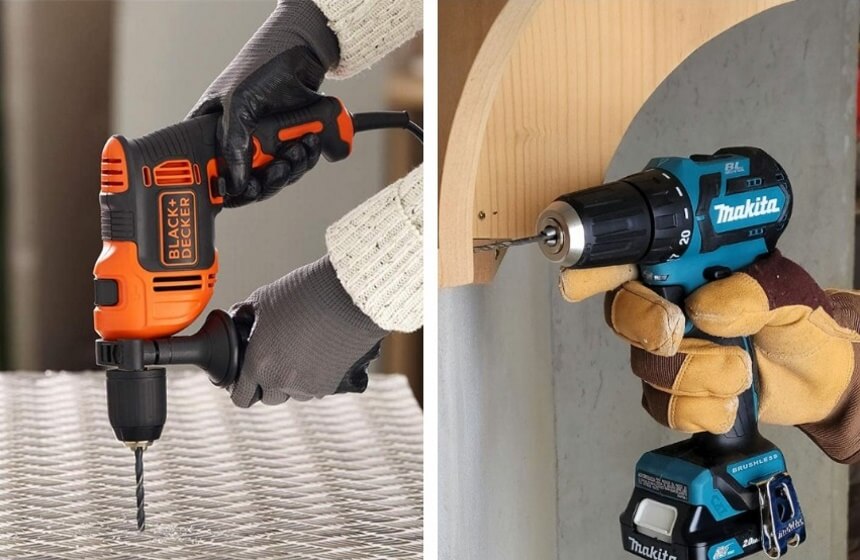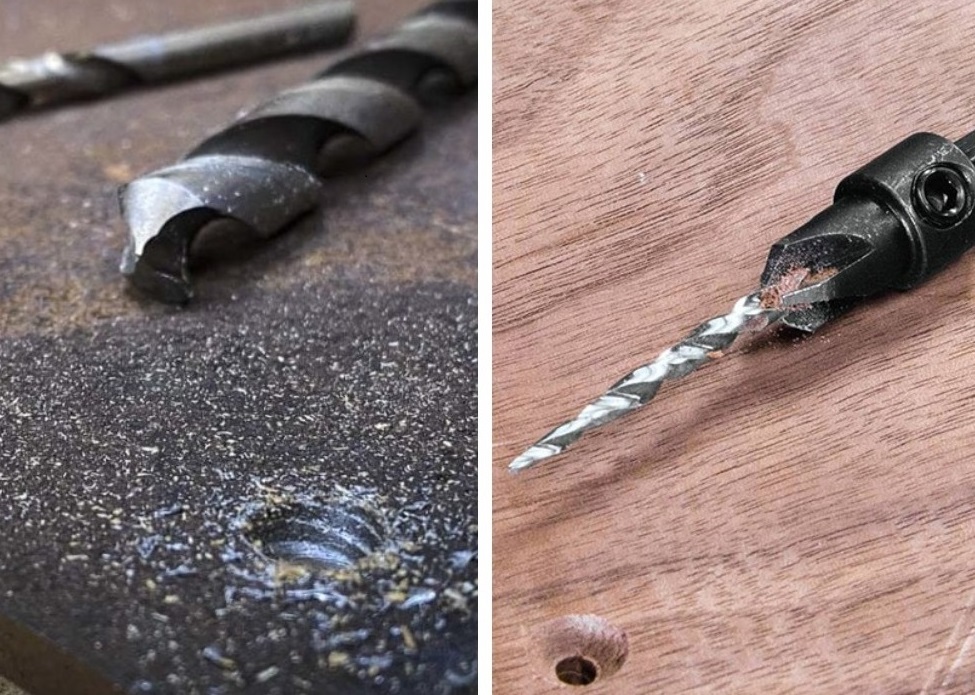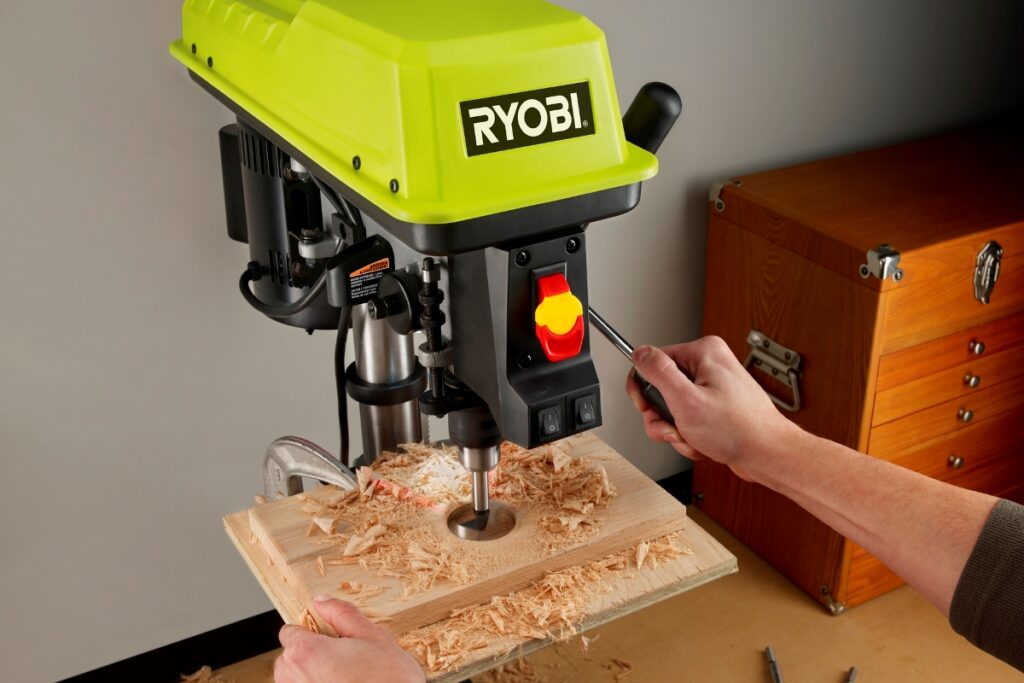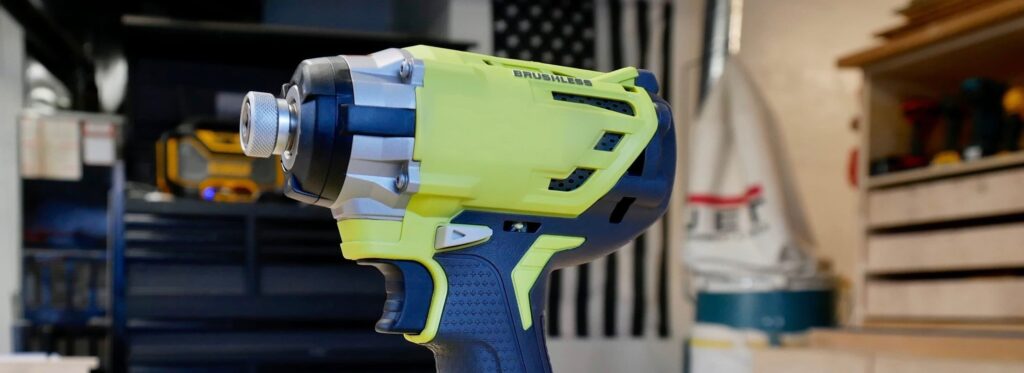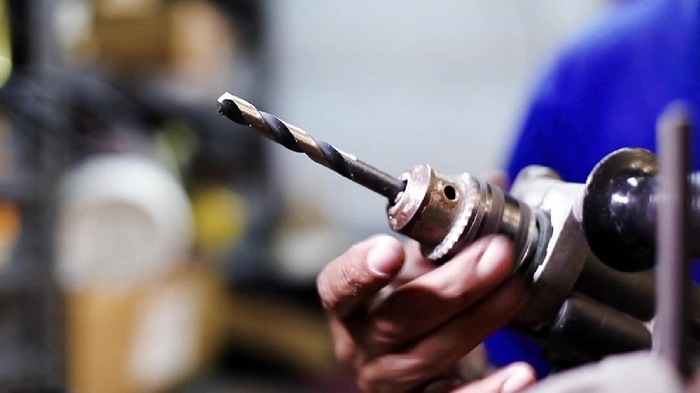Stucco is almost a strange material, which makes learning how to drill into stucco a bit of a challenge. It takes some skill and care. If you aren’t careful, you could accidentally crack stucco or run into other issues that no one wants to face when they’re trying to get a job done.
Not only could you damage the stucco but it’s also quite possible to damage your drill if you don’t do it right. That being said, it’s not impossible to do. You just need to be sure you are using the right kind of bit and the proper procedures for the best drilling process.
In this guide, we will walk you through how to drill into a stucco wall. With these tips, you will be a drilling pro in no time!
Stucco is a very hard material that is popular not only in renovation but also in decorative plasterwork Trusted Source How to work in stucco | Work & careers | The Guardian To hand model highly decorative plaster, you need the finest tools and to be fast. www.theguardian.com . It’s not like your average drywall or wood materials that are much easier to drill through. Stucco uses a unique combination of sand, water, and some sort of binding agent. Does this sound at all familiar to you as any other type of building material you may have heard of?
The makeup is very similar to concrete, although not exactly the same. The biggest difference between the two is that stucco is more breathable overall. However, both are very hard materials and that’s the point we’re trying to make.
Stucco is hard because of the binding agent, paired with sand and water. When it dries to the applied space, it will harden much like concrete. Knowing the similarity to concrete is important for the connection that you wouldn’t use a normal drill bit to drill through it.
It’s much the same with stucco. Whether you have one of the best Makita drills or you have a budget drill from an unknown brand, you can likely still drill through the stucco. What you really need to do is make sure you have the right drill bit to do so.
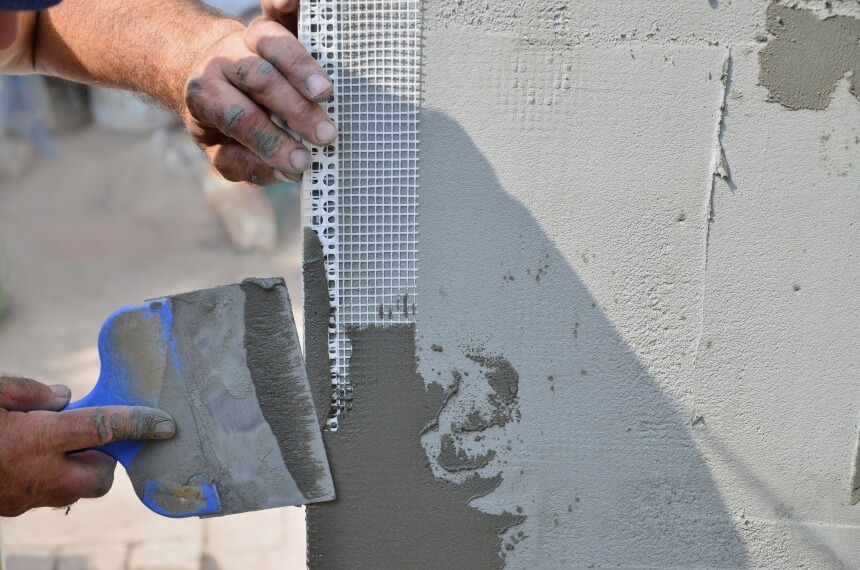
There is more than one type of stucco and this may affect how you drill into the material as well. This includes traditional stucco and synthetic stucco. Check out the differences here.
Synthetic stucco is a newer material and it’s made slightly differently. With synthetic, they change some of the materials to use an acrylic resin rather than alternative binding compounds. It’s still very similar in looks and feels but the hardness is slightly different.
Because of the acrylic resin, synthetic stucco becomes more flexible. The flexibility allows people to work with it or try to drill through it without it cracking. So, if you want to know how to drill into stucco without cracking, the answer is to drill into synthetic. That’s the easy answer at least, but it’s not the only answer.
Synthetic stucco is also typically more durable and will insulate better than traditional stucco too. You will find it’s more affordable overall in comparison.
When you look at traditional stucco as opposed to synthetic, it’s heavier and harder when put up. Traditional stucco can be established in more ways, with the ability to adjust the texture anywhere from smooth to rough and plenty of selections in between.
Traditional stucco uses cement, lime, coarse sand, and water to pull everything together, which is what makes it harder. However, that hardness will also make it less flexible in comparison. While it’s harder and long-lasting, it can be easier to crack.
Now, grab one of the best cordless drills, and let’s get started drilling!
Drilling into stucco is not so hard when you are aware of the best process and have the right equipment to get you started. This equipment should include a quality drill, some safety goggles, and the right type of drill bits.
This process is more complicated than it might seem just from looking at the stucco. However, stucco is much harder than it looks. When you drill into it using no special procedures, you run the risk of leaving behind cracks or even breaking your drill bits and drill as well.
It’s not that you can’t drill into stucco but rather that you need to be careful about fully understanding the process so you can do it right and now have to worry about hurting the wall or your equipment in the process.
Below, we walk you through each step of the process.
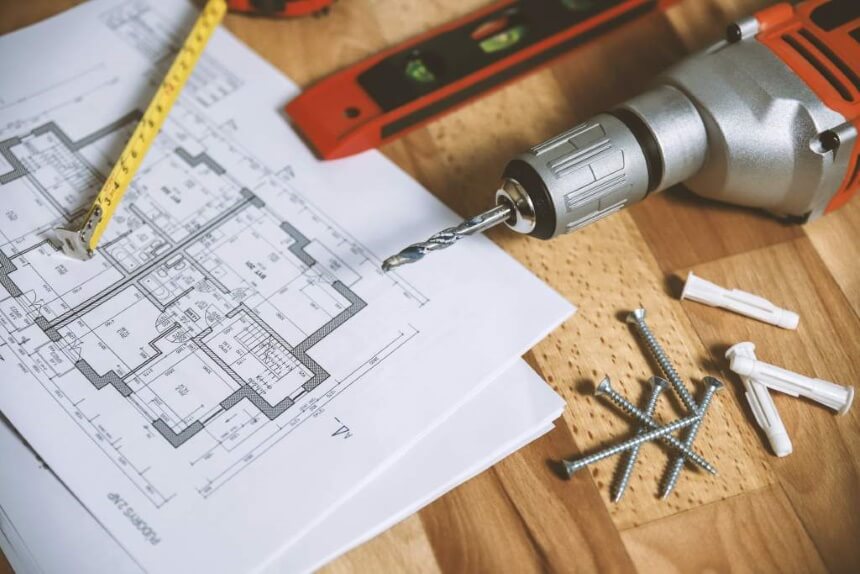
Let’s gather up the tools you’re going to need to drill with. You need to be able to mark the drilling spot and then safely drill into the stucco. Look at this supply list and gather things up before we get started.
You should always have safety goggles on hand to protect yourself when you’re doing any kind of work like this. If you don’t have a good pair, you can check out this option from DeWalt. When you use a standard drill, you will need to be cautious and not apply intense pressure as you’re drilling. This is what can cause the stucco to crack.
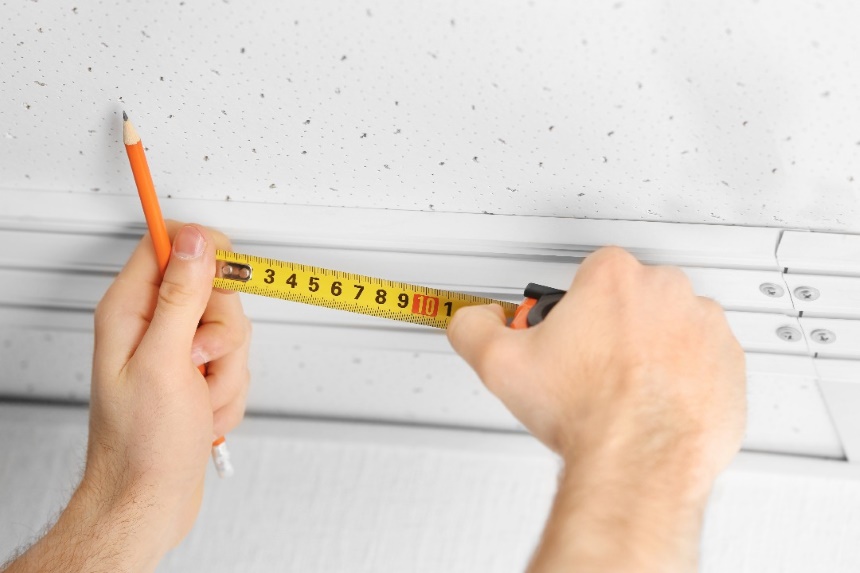
Once you’ve got your tools gathered, it’s time to do the prep work. We’re assuming you have a specific purpose for drilling into the stucco. Whether you’re hanging pictures or décor or drilling for another reason, you likely have a spot that you need to drill into.
The best way to make sure you drill into the right spot is to mark that hole before you drill. For this step, grab your tape measure and pencil, or you can mark with a chalk line. Measure, align, and mark anywhere that you will need to drill now so that your holes can be accurate the first time.
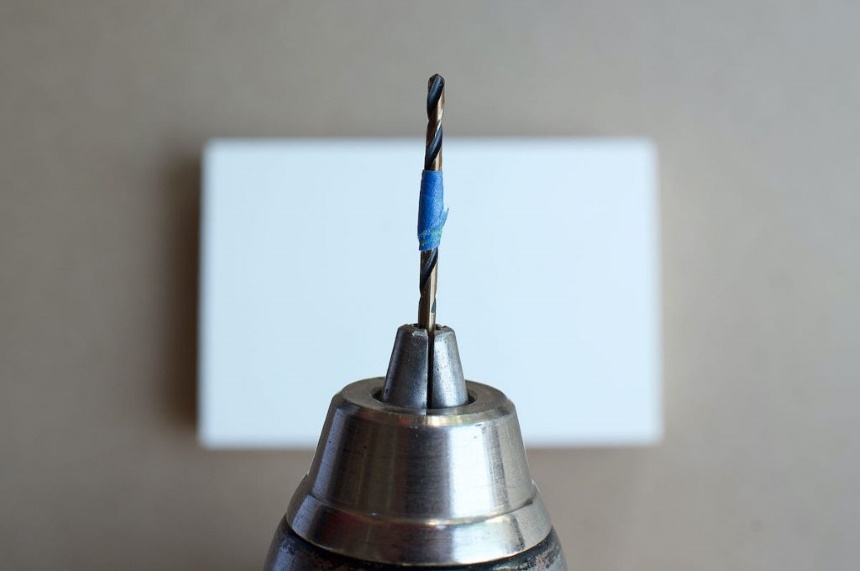
Now, we recommend starting with a pilot hole Trusted Source When and How To Drill a Pilot Hole | The Family Handyman Should you drill a pilot hole or not? Learn what a pilot hole is, when they’re necessary and how to determine adequate hole size. www.familyhandyman.com . This is a hole that you will use as a guide. You don’t always need a pilot hole but it’s recommended here because it provides a guide and gives a small start to drilling the hole so that it’s easier to make the official hole.
You’re going to first drill with a smaller bit just to get the stucco drilled into and give yourself a basis as to where your hole needs to be exactly. Having a full set of masonry drills like these options from Black and Decker can be helpful for this type of process.
Start with a small bit for the initial hole and then upgrade to the bit that you need for the official size of this hole.
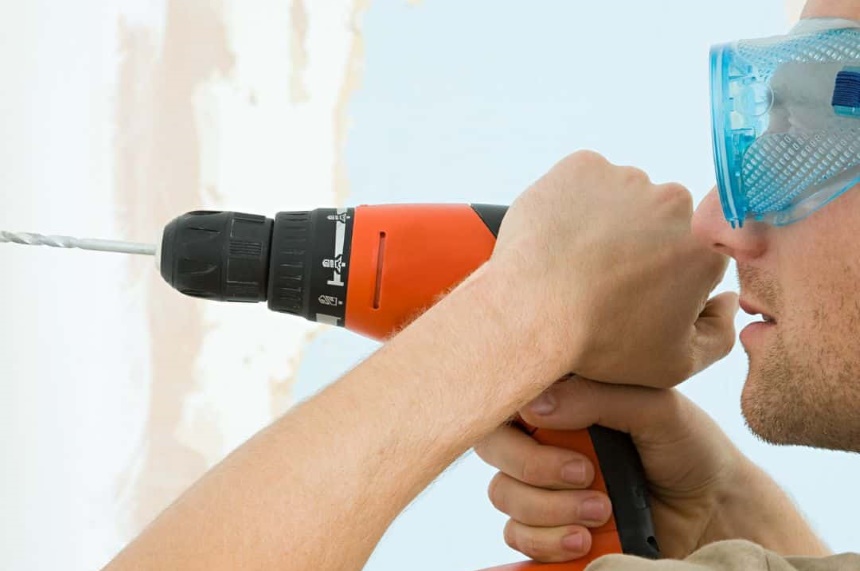
Since stucco is a hard material, you will need to be mindful of going slow and steady. You also don’t want to apply a lot of excess pressure. You will need to have some patience as your drill slowly works its way through the stucco material to give you the hole that you need.
It’s best if you can be situated in a way that your arms won’t tire from being raised for drilling. You may need a ladder or a stepstool in some situations to make this work. Of course, if you’re drilling into the ceiling, this will be harder to accomplish.
The key for how to drill into stucco without cracking it will be to drill slowly and steadily but not allow the drill or your arm to wobble excessively. When there is wobbling and wiggling, this could lead to cracking. It could also make your hole inaccurate and put all your hard work to waste when you finish.
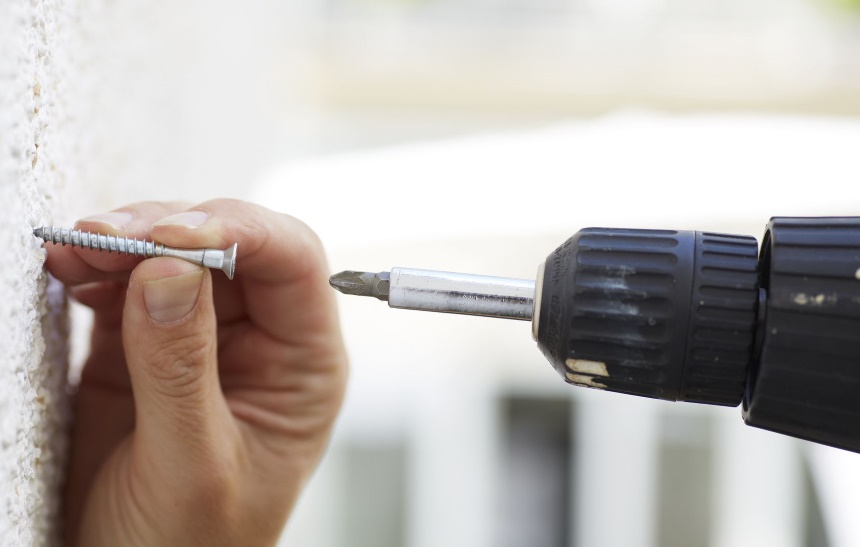
Once you get the hole in the wall, you can insert your anchor and then your screws. It’s a good idea to use both an anchor and a screw to have a more firm grip on the material and prevent the wall from cracking around the screw.
The anchor fits snuggly into the wall and holds tightly to the screw so you have a steady foundation and a reliable grip on the wall.
Some professionals recommend adding a small amount of caulking around the anchor to make sure you get a steady, solid grip and the anchor doesn’t slide out. You can also use this to seal the wall around the anchor and screw.
When you’re buying your screws for this project, you will likely notice that most screws aren’t labeled as “stucco”. What kind of screws do you need to use? Here is another place where the similarities between stucco and concrete come into play. In the screw section at your hardware store, they will have wood screws, drywall screws, concrete screws, and more.
Since stucco and concrete are so similar, you can use concrete screws effectively. This type of screw will work the best not to damage your stucco but also to give you a firm grip as well so that whatever you’re hanging will be steady.
Most of the time, it is safe and acceptable to drill into the stucco. However, you will want to be cautious. Remember that this process is designed to avoid making cracks when you’re drilling. However, what if there are already cracks in the stucco?
If your stucco is already damaged, it might be best to avoid drilling into it. Damaged stucco will only become more damaged if you try to drill a hole In it. If you have cracks or holes in the surface, these will need to be fixed before you start drilling elsewhere.
You can bring in a professional to fix those cracks but you can also patch them on your own with the proper accessories. You will need to patch them with caulking that is suitable here and be sure to seal it all in the end. If the damage you have in the stucco is extensive, call in a repair man to make sure it is safely repaired.
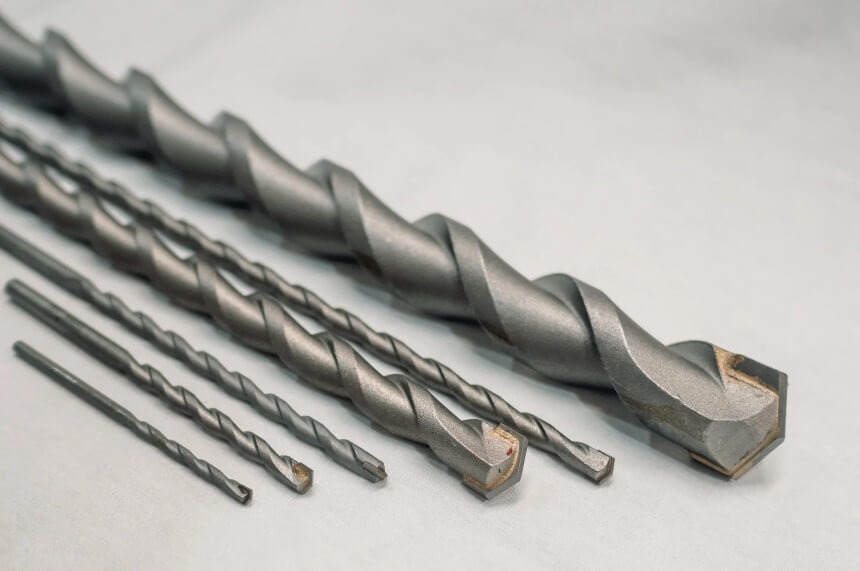
You certainly could benefit from a special drill when it comes to how to drill into a stucco wall. Most professionals recommend using a hammer drill because the way it works helps to push through the stucco gently, allowing you to make your holes without damaging the stucco in the process. After all, that is our goal is to get the perfect hole, right?
That being said, you don’t necessarily have to have a special drill in order to make this project work. If you have a standard drill on hand, you can use that. The tips that we shared above will all work with a regular drill. If you’re on the hunt for a good drill, you might take a look at one of the best DeWalt drill options for something reliable.
More than a special drill, you really need a special drill bit. It will be your process and the drill bit that is able to make the magic happen. To drill into a stucco wall, plan to use a masonry drill bit. These are designed for drilling into hard materials just like the stucco that you need to drill into now. With the right drill bit and the proper approach, you will have your hole in no time.
The thought of drilling into stucco might be intimidating at first. But the good news is that anyone can do it if they have the right tools and know how to do it properly. Yes, it can be challenging. The biggest thing will be to make sure you have the right drill bit and that you take the drilling process slow and steady while you go.
Now that you’ve learned how to drill into stucco, you shouldn’t have any problems getting the job done. Check your drill bits and do everything step by step rather than rushing through the process. This will help you be able to drill the perfect hole so you can do whatever it is that you need to do.
